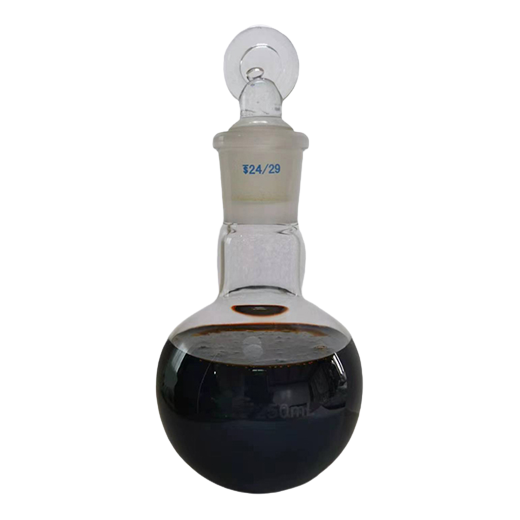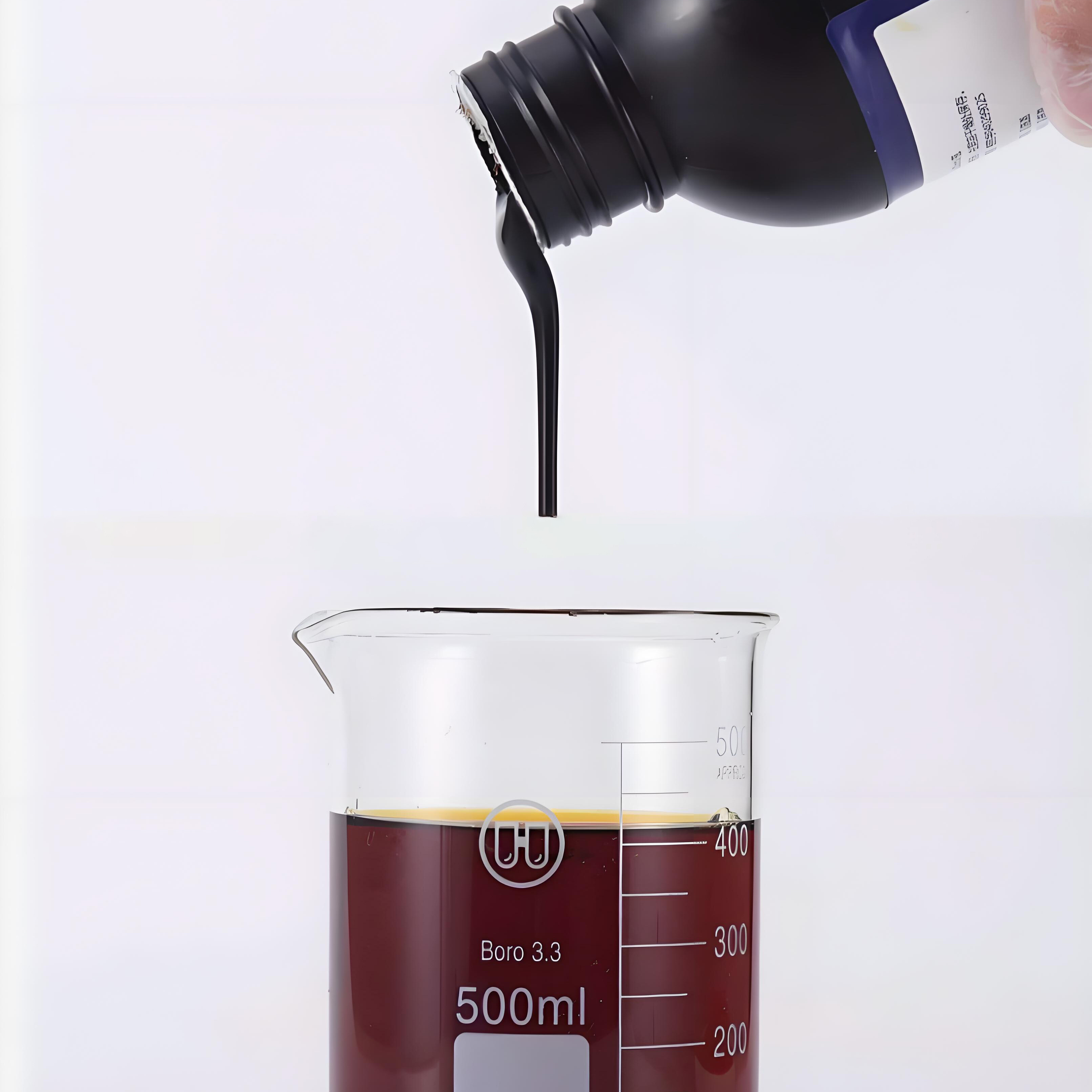
Dingqiao Technical Services Co., Ltd.
Chemical product import and export traders
I. Core Components and Synergistic Mechanism of Compound Iodine
The commonly used compound iodine solution in aquaculture is prepared by mixing iodine, iodides, hydrochloric acid, and phosphoric acid. It has a rich effective iodine content, presents a dark brown color and has a distinctive iodine smell. It is prone to volatilization. The reason why the compound iodine is formulated with such a ratio mainly benefits from the acidic components. The acid not only enhances the solubility of iodine in water but also improves its stability, making it more reliable in application.
In addition, the acid itself also has good disinfection efficacy. Its free hydrogen ions can cause the denaturation, precipitation or hydrolysis of bacterial proteins, thereby killing bacteria and their spores. Therefore, combining acid and iodine can form complementary advantages and enhance the disinfection effect.
II. Disinfection Principle of Compound Iodine
The reason why compound iodine can effectively kill pathogens mainly relies on its multi-pathway disinfection mechanism. Iodine has extremely strong substitution covalent ability and reacts with the -OH, -NH, -CH, -SH and other groups in the microorganisms' bodies to affect their survival. This reaction can destroy the important hydrogen bonds in the microorganisms' bodies, causing fatal changes to proteins, enzymes and nucleic acid structures, thereby achieving the purpose of disinfection.
III. Application Advantages of Compound Iodine in Aquaculture
1. Excellent Stability: The iodine in the compound iodine forms a stable complex in an acidic environment, which not only increases the iodine content but also ensures its stability in the water body.
2. Broad-spectrum and High Efficiency: Compound iodine can quickly kill various bacteria, viruses, fungi and other pathogenic microorganisms, and has good preventive and therapeutic effects on various bacterial and viral diseases of aquatic animals.
3. Rapid Efficacy: Due to the strong permeability of compound iodine and its high iodine content, it takes effect quickly in application, which can quickly control the spread of diseases.
4. Mild and non-irritating: The compound iodine has a mild medicinal effect and has little irritation to aquatic animals. After use, it will not cause obvious physiological reactions or adverse effects.
5. Economical dosage: The dosage of the compound iodine is relatively small, but the effect is remarkable. It is especially suitable for use in large-scale aquaculture water bodies.
6. Strong environmental adaptability: The efficacy of the compound iodine is not affected by organic matter and low temperatures, and it can exert stable disinfection effects in various environmental conditions.

IV. Factors Affecting the Disinfection Effect of Compound Iodine
The disinfection effect of compound iodine is affected by various factors, including temperature, pH value, and the content of organic matter in the water body.
1. Temperature: Compound iodine can still maintain a good disinfection effect at lower temperatures, but as the temperature rises, its disinfection effect will gradually increase.
2. pH value: The disinfection effect of compound iodine is better in acidic and neutral environments; while in alkaline environments, its disinfection effect will be weakened.
3. Organic matter: The organic matter in the water body has a certain impact on the disinfection effect of compound iodine, but compared with other disinfectants, compound iodine is less affected by organic matter.

V. Rational Application Strategies of Compound Iodine in Aquaculture
1. Usage scenarios: Compound iodine can be used to prevent and control various bacterial and viral diseases, such as hemorrhagic disease in fish, rotting gills disease, etc.; red leg disease, black gill disease in shrimp, etc.; as well as rotting skin disease, rotting tail disease in special aquatic animals like turtles, frogs, etc.
2. Application techniques: Before use, a water quality modifier can be used to adjust the water quality and reduce the content of organic matter in the water body; in cases of high pH value, organic acids can be used to adjust the pH value; during use, attention should be paid to the dilution ratio and even distribution to avoid excessive concentration of the drug in certain areas.
3. Usage precautions: During use, it is necessary to strictly follow the dosage and method specified in the instructions; avoid mixing with other disinfectants; after use, pay attention to observing the reactions of aquatic animals and changes in water quality, and handle any abnormal situations promptly.


